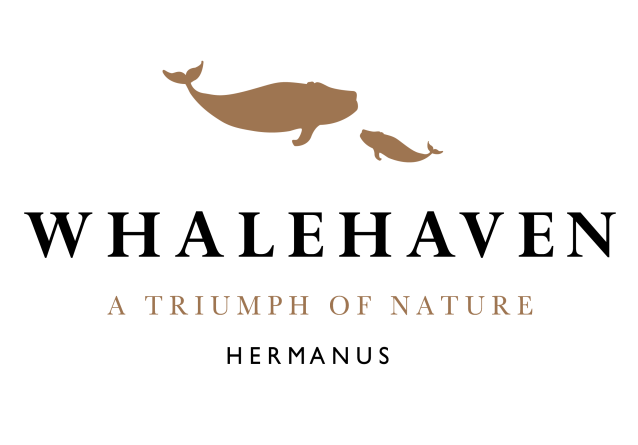TERROIR
Terroir is the characteristic taste and flavour imparted to a wine by the environment in which it is produced. The Hemel-en-Aarde valley is a 20-kilometre stretch of vineyards known for their unique terroir and maritime character, which derive maximum benefit from the high elevation and cool sea breezes.
HEMEL-EN-AARDE REGION
In May 2004, the Walker Bay Wine Ward was reclassified as a Wine District – one of 21 in the South African winelands. Given its size and the greater number of wine producers active in the area with a multitude of different wine styles, Walker Bay was increasingly unable to justify Ward Status. A Wine Ward is the smallest unit of appellation after an individual wine estate and is supposed to delimit an area of relatively homogeneous terroir. The way was now open for producers in the District to create their own more relevant wine wards with the assistance of a committee of soil specialists and viticulturists. Within the Hemel-en-Aarde region, three wards were created: the Hemel-en-Aarde Valley, the Upper Hemel-en-Aarde Valley and the Hemel-en-Aarde Ridge. Each appellation has its own signature character and personality.
THE FIRST APPELLATION
The HEMEL-EN-AARDE VALLEY
This is the first appellation as you enter the Hemel-en-Aarde Valley. It is also home to the first vineyards planted in the area and is the closest to the Atlantic Ocean of the three appellations.
The overwhelming majority of the vineyards in this appellation are planted on northeast, north and northwest facing slopes of Bokkeveld Shale-derived soil on the southern side of the Onrus River. This soil has an unusually high clay content. The clay content of these soils approximate that of the Cote D’Or in Burgundy, although they tend to be shallower and far stonier. In addition, they do not have the limestone content or limestone bedrock, but have pure clay subsoil and solid shale bedrock. For the South African winelands, these soils would be classified as low-vigour and more
marginal.
Higher up the northern slopes and on the south-facing slopes of the valley, the soils are Table Mountain Sandstone-derived. These quartzitic, sandy soils have a very low to non-existent clay content, and are light structured, generally far deeper and have the potential for greater vigour.
THE SECOND APPELLATION
UPPER HEMEL-EN-AARDE VALLEY
Of the three areas, this is the largest and can be found around another 6kms from the Hemel-en-Aarde Valley. Here the vineyards are planted on north and south facing slopes close to the Onrus River. Soils here change greatly to intrusive granite pluton and porphyritic granite. A substantial amount of decomposed granite can be found with fragmented quartz pebbles. Of all three appellations, this has the broadest groupings of soil types.
THE THIRD APPELLATION
HEMEL-EN-AARDE RIDGE
This is the third and smallest appellation encountered as you proceed along the R320 from Hermanus and the furthest from the sea. It is not located in the Hemel-en-Aarde Valley (geographically speaking) but at the headwaters of the Klein River Valley, from the watershed of the Onrus River downwards and eastwards. Ripening here, generally occurs later than for the other two Hemel-en-Aarde Region appellations.
Bokkeveld Shale-derived soils re-occur in the Hemel-en-Aarde Ridge and the overwhelming majority of the vineyards are on these stony, clay-rich soils. The vineyards are planted with many different aspects from southerly to northerly, and the average altitudes of these vineyards are the highest of the three Hemel-en-Aarde Region appellations. The highest mountain slopes of this appellation have lighter structured Table Mountain Sandstone-derived soils.

VISIT OUR WINERY
R43, Hemel-en-Aarde Road,
Hermanus, South Africa

CONTACT US
+27(0)28 050 1301
experience@whalehaven.co.za

OPENING TIMES
Mon - Fri 9:30 - 17:00
Sat - Sun 10:30 - 16:30
